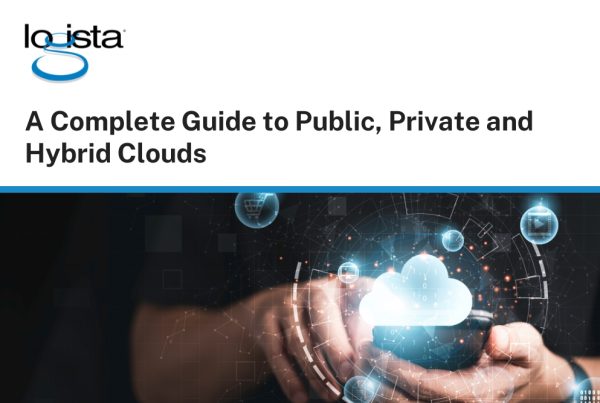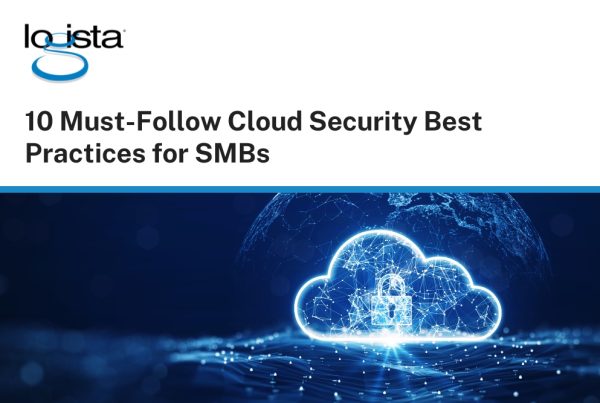Cloud infrastructure has become the backbone of many organizations. By providing scalable, reliable, and cost-effective solutions, the cloud helps businesses to innovate and grow. However, managing cloud infrastructure requires a strategic approach to ensure security, efficiency, and compliance. Here are ten best practices to consider:

1. Implement Strong Access Controls
Access control is the first line of defense in securing your cloud infrastructure. Use role-based access controls (RBAC) to assign permissions based on job roles rather than individual users. This minimizes the risk of unauthorized access. Additionally, implement multi-factor authentication (MFA) to add an extra layer of security, ensuring that only authorized users can access your cloud resources.
2. Encrypt Data
Encrypt data both at rest and in transit to prevent unauthorized access and breaches. Use robust encryption protocols and regularly update your encryption keys to maintain high security standards.
3. Regularly Update and Patch
Regularly update all software, including operating systems, applications, and security tools, to address any vulnerabilities and protect against potential threats.
4. Monitor and Audit
Implement comprehensive logging and monitoring tools to track activities within your cloud infrastructure. Continuous monitoring allows you to detect anomalies and respond promptly to any security incidents. Regular audits help ensure compliance with security policies and identify areas for improvement.

5. Backup Data
Regular data backups are essential for preventing data loss due to accidental deletion, cyberattacks, or system failures. Implement automated backup solutions and store backups in geographically dispersed locations to ensure quick recovery in case of a disaster.
6. Secure APIs
APIs are critical components of cloud infrastructure, enabling communication between different services. Secure your APIs by implementing strong authentication and authorization mechanisms. Regularly update and patch your APIs to protect against vulnerabilities and potential data breaches.
7. Implement Network Security
Network security measures, such as firewalls and intrusion detection systems, are vital for protecting your cloud infrastructure from external threats. Use virtual private networks (VPNs) and secure network protocols to ensure secure communication between your cloud resources and on-premises systems.
8. Disaster Recovery Plan
A robust disaster recovery plan is essential for quickly recovering from disruptions or outages in your cloud environment. Develop and regularly test your disaster recovery plan to ensure that your organization can resume normal operations with minimal downtime.
9. Compliance and Governance
Ensure compliance with relevant regulations and standards, such as GDPR, HIPAA, or PCI-DSS, depending on your industry. Establish clear governance policies to maintain security and compliance within your cloud infrastructure. Regularly review and update your policies to adapt to changing regulatory requirements.
10. Regular Security Assessments
Conduct regular security assessments and penetration testing to proactively identify and address security gaps. Engage third-party security experts to perform thorough assessments and provide recommendations for enhancing your cloud security posture.
Implementing these best practices for cloud infrastructure will help you build a secure, resilient, and efficient cloud environment. By focusing on access controls, data encryption, regular updates, monitoring, backups, API security, network security, disaster recovery, compliance, and regular security assessments, you can ensure that your cloud infrastructure supports your organization’s growth and innovation while mitigating risks.
About Logista Solutions
Logista Solutions is a nationally recognized leader in a broad range of technology management solutions. As one of the largest technology support providers in the U.S., Logista provides innovative and holistic solutions to help companies take control of their IT infrastructure and achieve better business outcomes. Popular services include Managed IT as a Service, VoIP and Unified Communications, Managed Print, Cloud Services and Asset Disposition.



